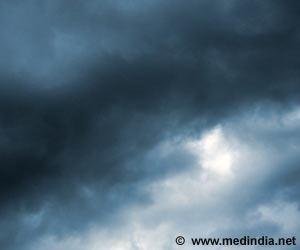The severe lack of rain in Mexico has led the lakes to dry up in the southern state of Tabasco.
The severe lack of rain in Mexico has led the lakes to dry up in the southern state of Tabasco. These lakes formed quarter of the country’s water resources. The drought has also hit the fisherman’s livelihood.
According to the National Water Commission, or Conagua, the level of rivers and lakes dropped notably during July due to scanty rainfall that some scientists attribute to climate change, the Spanish news agency EFE said.Gilberto Segovia Quintero, spokesperson for Conagua in Tabasco, warned of lesser rain in the coming weeks in the Gulf of Mexico. "The amount of rainwater collected is 60 percent less than expected during these months," he said.
The State Civil Protection System, or SEPC, reported that the levels of lakes bordering Villahermosa, Tabasco's capital, fell last week.
"This is happening because it hasn't rained as much as it usually does during this season," said SEPC spokesperson Rurico Dominguez.
He denied, however, that the shrinking of these lakes had anything to do with global warming.
The level of La Majagua Lake west of Villahermosa has dropped dramatically and in some places dead fish and cracks in the dry lakebed have been found.
Advertisement
In other years during these months the community would be preparing to withstand the battering of floods from an overflowing La Sierra River.
Advertisement
Fishermen say it isn't normal that La Majagua Lake has lost the level it has maintained "since forever", specially "at this time of year".
Some months ago, a scientific study by the National Autonomous University of Mexico (UNAM) showed that the coastal regions on the Gulf of Mexico were the most vulnerable to the effects of climate change.
According to the UNAM's Center of Atmospheric Sciences, Tabasco will suffer the first damage in the Grijalva, Mezcapala and Usumacinta rivers, the principal waterways in the southern part of the country.
Source-Eurekalert
JAY/B





